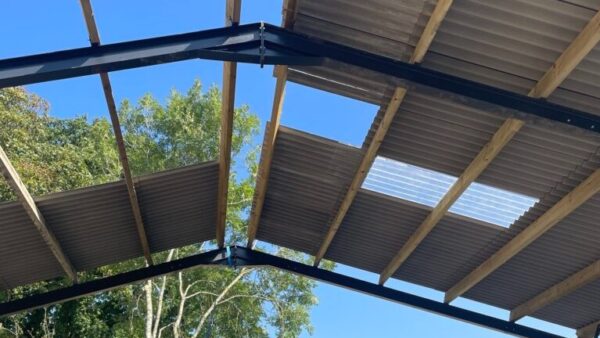
The post-earthquake reconstruction/demonstration project for Guangming Village in China has been declared World Building of the Year 2017 at the 10th annual World Architecture Festival, held in Berlin. The scheme was designed by The Chinese University of Hong Kong.
Following the Ludian earthquake in 2014, most of the local buildings in Guangming were destroyed. This project reinvented the traditional building technology, providing villagers with a safe, economical, comfortable, and sustainable reconstruction strategy that they could afford, own, and pass on to their children.
A prototype house was built for an aged couple to validate the technology and building performance of the new system.
The judges believed this to be an extraordinary project in terms of the scope of ambition, exemplified in the addressing of profound problems facing ordinary people. They applauded the re-use of traditional material and construction methods but with the addition of new technology – combining ancient wisdom with modern know-how.
The judges were also impressed by the iterative research process which could be re-applied to anywhere in the world affected by seismic problems and low levels of wealth.
“The architects succeeded in translating ‘four walls and a roof’ into something which, through architectural commitment, becomes a project that is much more profound,” WAF Programme director Paul Finch commented. “This building is a demonstration that architecture is just as relevant in the poorest of communities as it is in the richest.”
The winner was selected by a super jury of five luminaries of the global architecture industry – comprising Christoph Ingenhoven (principal, Ingenhoven Architects), Ian Ritchie (founder, Ian Ritchie Architects), James Timberlake (principal, Kieran Timberlake), Ellen van Loon (partner, OMA) and Mun Summ Wong (founder, WOHA).










